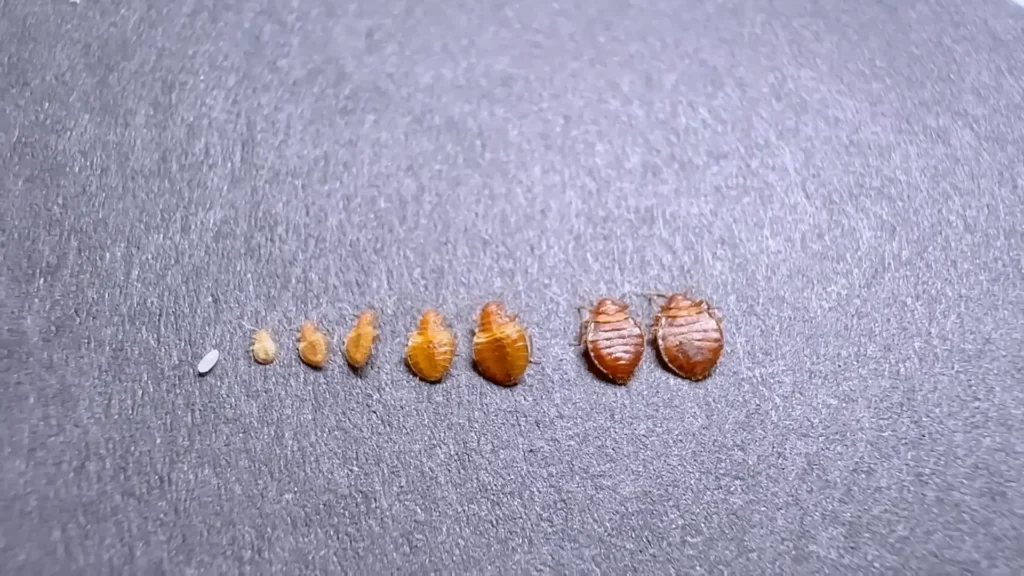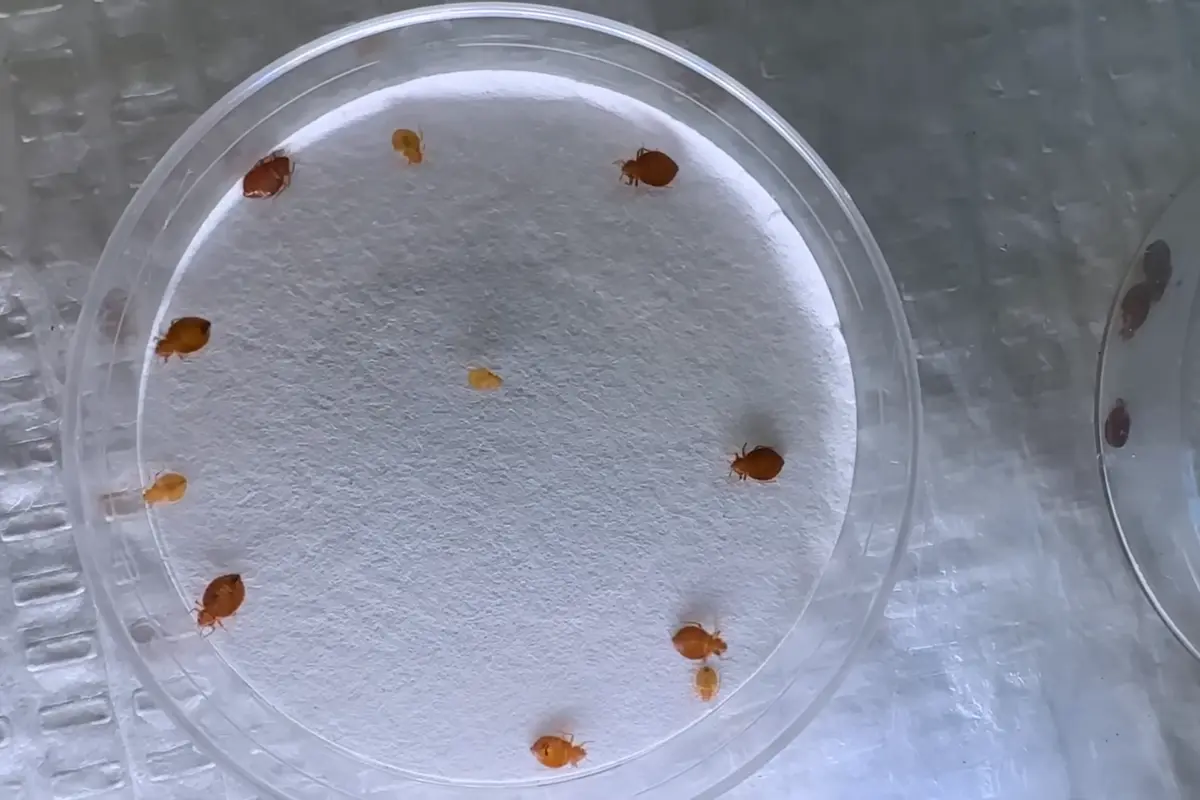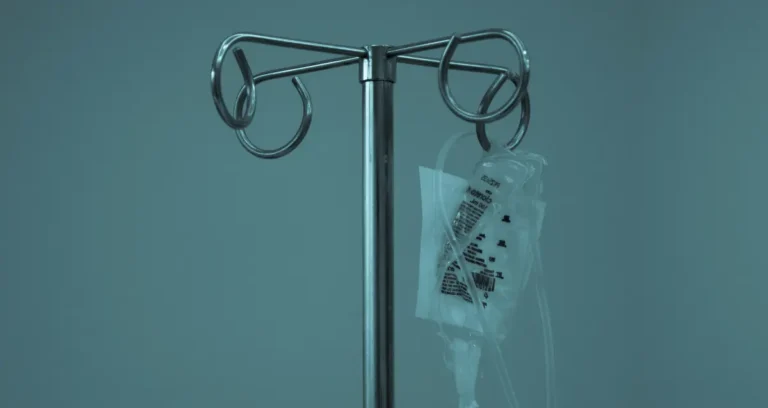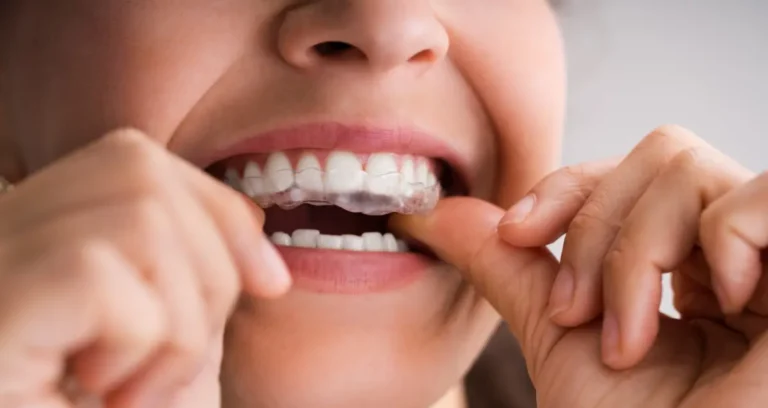The Surprising Truth About Bedbugs: Myths, Facts, and Effective Remedies
Bedbugs are one of the most resilient household pests, known for hiding in plain sight and persisting through various remedies. Many common “solutions” have little scientific backing. In this comprehensive guide, we explore bedbug biology, debunk myths, and provide scientifically proven strategies for detection, prevention, and eradication.
1. What Are Bedbugs? Uncovering Their Biology and Behavior
- Physical Characteristics and Lifecycle: Bedbugs are small, flat, reddish-brown insects that feed exclusively on blood. They develop in five stages, each requiring a blood meal to advance to the next, and can live up to a year. Adult bedbugs, after feeding, expand visibly, turning from flat to rounded.
- Senses and Host Detection: Unlike humans, bedbugs have two additional senses: the ability to detect heat and carbon dioxide. These senses help them locate potential hosts with astonishing precision, particularly when someone exhales nearby.
- Feeding Habits and Resilience: Bedbugs typically feed once a week but can survive 3–6 months without a meal in warmer conditions, and up to 300 days in cooler environments. This ability to endure long periods without feeding makes infestations particularly difficult to eradicate.

2. Myth-Busting Common Bedbug Misconceptions
- Bedbug Bites Are Not Dangerous: One surprising fact is that bedbugs do not transmit diseases, which means their bites, though irritating for some, aren’t dangerous. Reactions vary—about half of people experience a mild to severe allergic response, while others may feel nothing.
- Debunked Remedies: Researchers at Rutgers University found that ultrasonic pest repellents are ineffective for bedbugs, as they lack the organs to detect sound. Other ineffective home remedies include dryer sheets, baking soda, and essential oils, which might deter bedbugs slightly due to strong odors but won’t kill them.
3. Experimenting with Bedbug Remedies: What Works and What Doesn’t
Rutgers researchers tested common bedbug repellents and treatments. Here’s what they found:
- Ultrasonic Repellents: In controlled experiments, bedbugs showed no aversion to these devices, and even gravitated towards areas where they were used.
- Dryer Sheets, Baking Soda, Mothballs, and Essential Oils: These substances showed minimal repellent effects. Bedbugs avoid strong scents but will still cross these barriers if they’re hungry, rendering these methods ineffective for eradication.
- Foggers and Pesticides: Many strains of bedbugs have developed resistance to traditional pesticides, rendering products like foggers and aerosol sprays nearly useless. Some pesticide sprays only killed 12% of bedbugs after 10 days, a rate no better than untreated water. Over time, bedbugs have developed resistance due to selective survival during extermination attempts.

4. Effective Bedbug Eradication: Proven Methods
Despite resistance to many pesticides, two methods have shown high efficacy:
- Diatomaceous Earth: This natural powder, made from crushed fossilized shells, kills bedbugs by dehydrating them. It had a nearly 90% mortality rate in tests. When applied in light layers around the bed and in crevices, it sticks to their exoskeleton and dries them out over a few days. Importantly, bedbugs cannot develop resistance to dehydration, making diatomaceous earth a highly reliable solution.
- Heat Treatment: Bedbugs die instantly at temperatures above 122°F. Regular exposure to high heat, such as washing linens in hot water or using a clothes dryer on high, is effective for killing bedbugs. Some pest control professionals offer whole-house heat treatments that ensure the complete eradication of bedbugs, though these can be expensive.
5. Steps to Take If You Have Bedbugs
- Defense Strategies:
- Encasements: Use encasements on your mattress and box spring to trap bedbugs inside. They can live inside these covers for up to a year, so keep them on for at least that long.
- Heat in the Laundry: Regularly wash and dry bedding and clothes at high temperatures to kill any bedbugs. Avoid leaving dirty laundry out, as bedbugs are attracted to human scent.
- Declutter: Bedbugs thrive in clutter. Organize belongings in sealed plastic bins, and keep items off the floor to reduce potential hiding spots.
- Offensive Measures:
- Vacuuming: Vacuum floors, bed frames, and crevices around the bed at least once a week. Empty the vacuum outside to prevent bedbugs from escaping and re-infesting the home.
- Diatomaceous Earth: Apply a light dusting around bed legs, behind outlets, and in cracks near the bed. Ensure the dusting is light, as bedbugs can avoid thick clumps.
- Steam: Use a handheld steamer to treat difficult-to-wash areas, like furniture. For items that can’t be heated, freezing them for three days is also effective.

6. Preventing Future Infestations: What to Know When Traveling and Shopping
- Precautions When Traveling: Bedbugs often enter homes after trips. Inspect hotel mattresses for signs of bedbugs, such as tiny black fecal spots in mattress seams. Use luggage racks instead of placing your suitcase on the bed or floor, and avoid unpacking clothes into hotel drawers.
- Secondhand Furniture: If buying used furniture, thoroughly inspect all pieces before bringing them into your home. Bedbugs are known to hide in small cracks and crevices, so be vigilant.
7. Wild Bedbug Facts
- Historic Prevalence: Bedbugs were more common in the early 20th century. In the 1950s, about one in three homes had bedbugs, leading to the popular saying, “Sleep tight, don’t let the bedbugs bite.”
- Midnight Feeders: Bedbugs are most active between midnight and 3:00 AM, making these hours prime feeding time.
- Unusual Mating Habits: Bedbugs reproduce through “traumatic insemination,” where the male punctures the female’s abdomen rather than using a typical reproductive system. This damages the female’s body, resulting in shorter lifespans.
Conclusion
By understanding bedbug behavior and using scientifically backed methods, you can effectively prevent, detect, and eliminate bedbugs. Remember to use both defensive and offensive strategies and avoid costly but ineffective products. With these insights, handling bedbugs becomes a manageable task, one that doesn’t have to break the bank.







